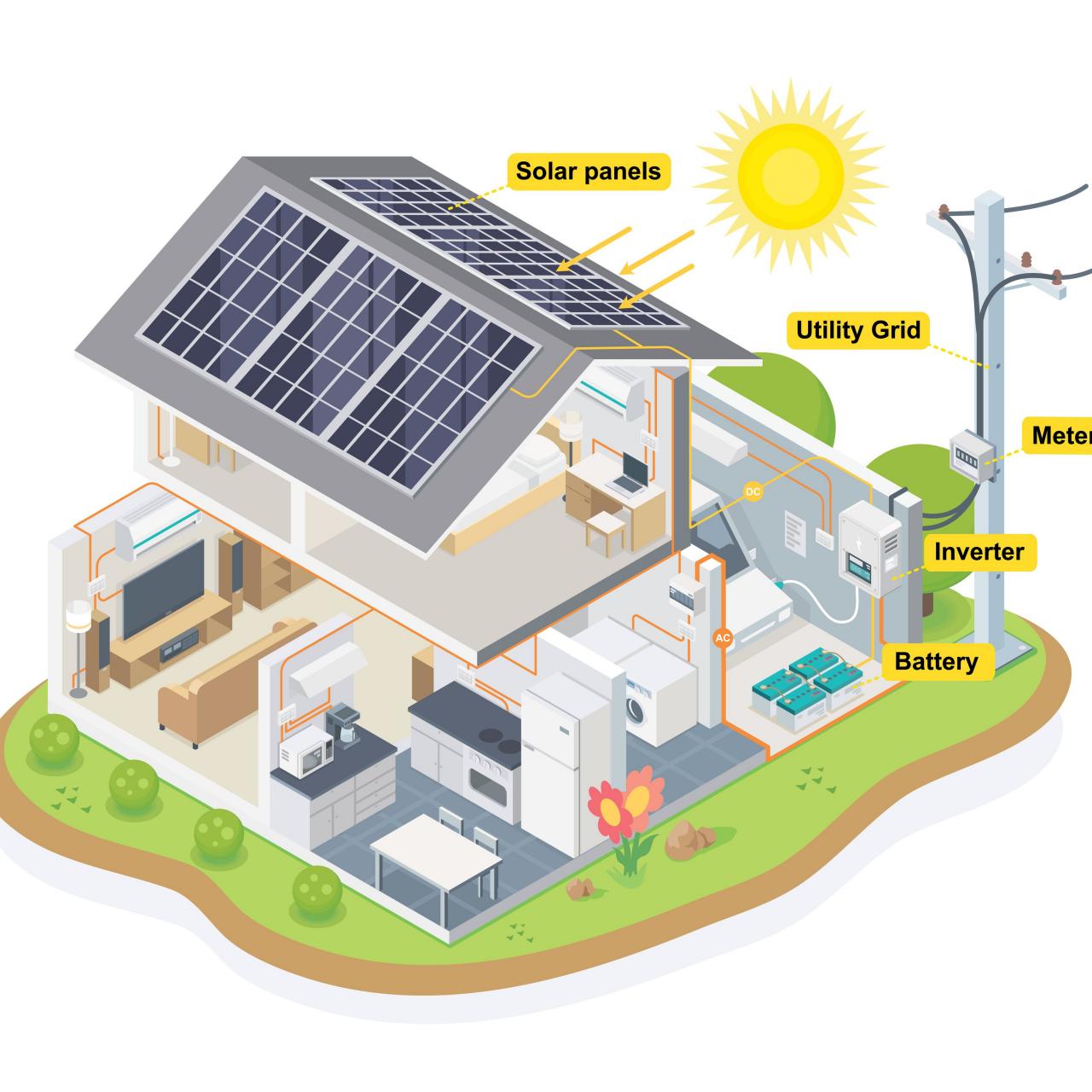Along with panels and inverters, backup batteries are rapidly becoming an essential component of modern solar systems.
Backup batteries have many benefits and can be of critical importance for homeowners looking to protect themselves against power outages or become energy-independent. So, why pay for a solar battery when the grid is there to credit you for your excess power anyway? As it turns out, there are several key advantages to pairing your solar system with battery storage.
Read along as we discuss some benefits that come along with the incorporation of a backup battery with a solar system.

Why Is My Electricity Bill So High With Solar Panels Under NEM 3.0 Solar Billing?
The solar power used directly in your home to power lights, A/C, etc. still has full value since it’s replacing electricity you would have bought from your utility during the day, but the excess power you push onto the grid is only worth around 25% of the power your are buying from the grid when the sun goes down and your solar panels aren’t producing.
As such, you’ll likely have remaining charges for your overnight usage since you’re only offsetting about 25% of those evening costs.
The defining feature of NEM 3.0 solar billing is that solar export rates are ~75% lower than they were under NEM 2.0. Instead of earning retail value for the excess electricity their solar systems push onto the grid, solar owners typically earn somewhere around 4-5 cents per kilowatt-hour.
The best option is pairing the solar system with a battery. So, instead of exporting solar electricity to the grid for little-to-no value, it’s much more valuable to store and use it onsite to avoid drawing electricity from the grid – especially during peak pricing.
Solar and Battery Storage Incentives
Protection against power outages
For most homeowners, one of the biggest incentives of solar batteries is the ability to have backup power during a grid outage.
If you have a solar system without battery storage and you experience a power outage, the solar system will automatically shut off. By contrast, with a solar and battery system, an additional device called a backup gateway is also installed that allows the house to “island”, or isolate, itself from the grid.
The moment the outage occurs, the gateway instantly detects the event, disconnects the home from the grid, and turns on the battery. The system then becomes a closed loop, where the battery powers the home’s backup circuits and the solar panels recharge the battery.
Tax Incentives
The primary incentive currently available for batteries is the federal, which is now at 30% with the Inflation Reduction Act (IRA) signed into law.
That means you can claim 30% of your total solar and/or battery project cost as a tax credit. One of the new changes in the IRA is that battery storage no longer needs to be connected to solar in order to qualify for the tax credit.
The other major incentive for solar batteries is California’s Self-Generation Incentive Program, or SGIP. This state program offers an additional rebate for homeowners installing batteries who have particular backup needs. These include being located in Tier 2 and Tier 3 fire areas, needing backup for medical equipment, meeting low-income thresholds, etc.
Future of Solar and Battery Storage
Solar batteries have become an important aspect of modern solar systems, and their importance will only grow over the coming years. Without question, solar batteries are here to stay.
If you’re ready to go solar and want to receive a free precise quote, contact us today at (661) 535-0795 or visit our website and set up an appointment today with one of our solar educators.
Recourses from this article: Solar.com

